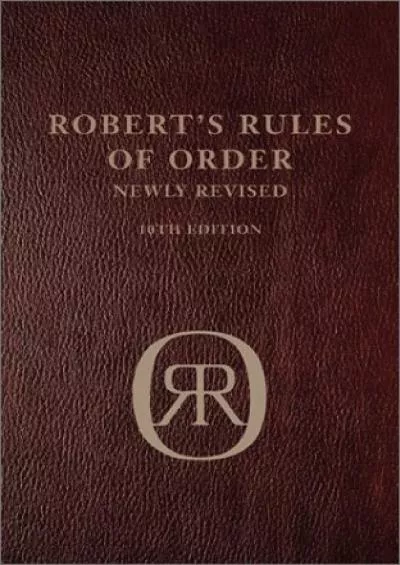PPT-Robert’s Rules of Order
Author : karlyn-bohler | Published Date : 2018-09-26
September 23 2013 ASTM Officers Training Workshop Joe Hugo and Steve Mawn Objectives What are Roberts Rules When do we use Roberts Rules Who needs to use Roberts
Presentation Embed Code
Download Presentation
Download Presentation The PPT/PDF document "Robert’s Rules of Order" is the property of its rightful owner. Permission is granted to download and print the materials on this website for personal, non-commercial use only, and to display it on your personal computer provided you do not modify the materials and that you retain all copyright notices contained in the materials. By downloading content from our website, you accept the terms of this agreement.
Robert’s Rules of Order: Transcript
Download Rules Of Document
"Robert’s Rules of Order"The content belongs to its owner. You may download and print it for personal use, without modification, and keep all copyright notices. By downloading, you agree to these terms.
Related Documents

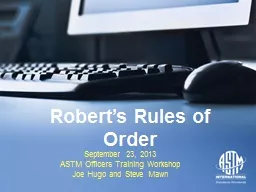
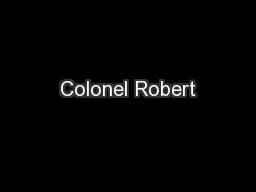
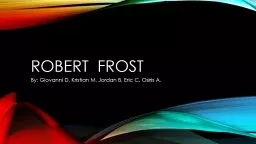
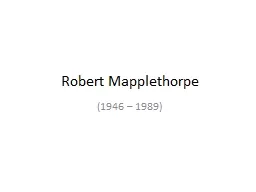
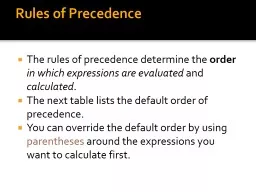
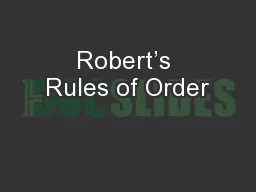



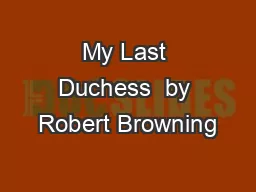
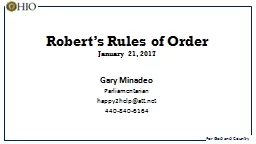
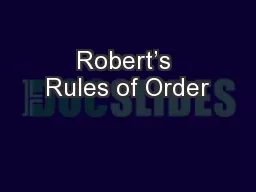
![[PDF READ ONLINE] Robert\'s Rules of Order in Brief: The Simple Outline of the Rules Most](https://thumbs.docslides.com/1019769/pdf-read-online-robert-s-rules-of-order-in-brief-the-simple-outline-of-the-rules-most-often.jpg)
